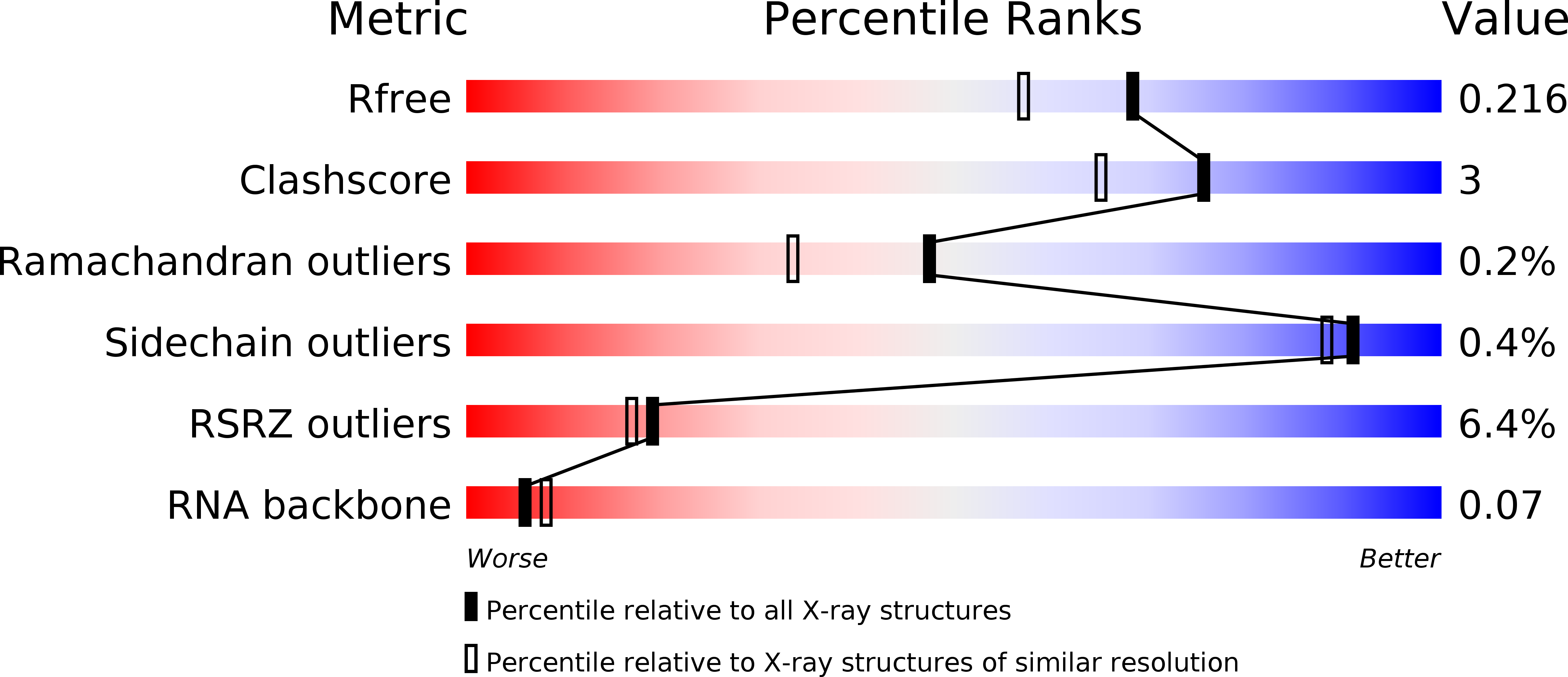
Deposition Date
2019-07-24
Release Date
2020-02-19
Last Version Date
2024-10-16
Entry Detail
PDB ID:
6SCE
Keywords:
Title:
Structure of a Type III CRISPR defence DNA nuclease activated by cyclic oligoadenylate
Biological Source:
Source Organism:
Thermus thermophilus HB8 (Taxon ID: 300852)
synthetic construct (Taxon ID: 32630)
synthetic construct (Taxon ID: 32630)
Host Organism:
Method Details:
Experimental Method:
Resolution:
1.83 Å
R-Value Free:
0.20
R-Value Work:
0.17
R-Value Observed:
0.17
Space Group:
P 21 21 21


